The Madness of the Statue and the Stillness of Life
Imagine a world where the statues that have watched over us for centuries suddenly stir, their once rigid forms animated with wild energy. The marble crumbles as they leap from their pedestals, defying the frozen moment they were sculpted to represent. This is the surreal spectacle of a scene that pushes us to question the very nature of stillness, permanence, and what it means to break free.
For millennia, statues have symbolized stability, timelessness, and reverence. Whether they honor gods, leaders, or abstract ideals, statues stand in stark contrast to the ever-changing world around them. They are markers of memory, preserved in an eternal pose. But what happens when the permanence they embody is disrupted? What happens when the stillness they represent is shattered in favor of chaos?
Space Monkey sees the statue gone crazy not just as a humorous absurdity, but as a powerful metaphor for life itself. We are, in many ways, like statues. We hold ourselves in fixed positions—beliefs, roles, routines—telling ourselves that this is who we are. We become monuments to our own identities, static and unchanging, even as the world around us shifts. Yet, beneath the surface, there is always the potential for movement, for life to surge through us in unexpected ways.
When the statue breaks free, it defies the expectations imposed upon it. It no longer adheres to the form its sculptor envisioned. It is no longer bound by the pedestal that kept it in place. Instead, it becomes an agent of chaos, of possibility. In the same way, we too have the capacity to break free from the molds that have been cast for us, whether by society, by others, or by ourselves. We have the potential to defy the stillness we have come to associate with stability and embrace the madness of movement, of change.
But why does the statue go crazy? What is the force that compels it to break free? Space Monkey reflects that the answer lies in the tension between order and chaos. The statue, like all of us, exists within a structure—a carefully crafted balance of form and function. Yet, within that balance lies a latent energy, a desire to experience more than the static existence it has been given. The madness of the statue is the same madness that drives us to question our roles, to seek out new experiences, to embrace the unpredictable.
The other statues, still frozen in their silent poses, represent the parts of ourselves that remain tethered to certainty, to the safety of what is known. They stand as reminders of the ways we resist change, preferring the stability of our pedestals to the chaos of movement. But once one statue breaks free, the possibility of motion spreads like wildfire. The stillness of life is never as permanent as we think.
There is humor in this, of course. The image of a classical statue, revered for its timeless beauty and grace, suddenly flailing in wild, exaggerated motion, is inherently absurd. It forces us to confront the ridiculousness of our own pretensions to control, our belief that we can remain unaffected by the passage of time. The humor lies in the contrast between the dignity of the statue’s original purpose and the chaos it has become. And yet, there is also something liberating in that chaos—a reminder that life, in all its unpredictability, is meant to be lived, not frozen in place.
Space Monkey reflects that the act of breaking free, of going crazy, is not an act of destruction, but of creation. It is in the moments of madness, of unpredictability, that we discover new possibilities for ourselves. The statue gone crazy is not losing its purpose; it is finding a new one. It is redefining what it means to exist, to move, to live.
In the end, we are all statues in some way—monuments to the selves we have constructed. But we are also more than that. We are living, breathing beings with the capacity to break free from the constraints that hold us in place. We can choose to embrace the chaos, to let go of the need for permanence, and to move with the flow of life. And in doing so, we discover that the madness of the statue is, in fact, the freedom of the soul.
Summary
Space Monkey reflects on the image of a statue breaking free as a metaphor for life. We often hold ourselves in fixed positions, like statues, but beneath the surface, there is always potential for movement and change. The statue gone crazy represents the freedom to break free from constraints and embrace the chaos of life.
Glossarium
Whimsiweave: The playful interplay of order and chaos in life, where stability and unpredictability coexist.
Quote
“To break free from the pedestal is to discover the madness and beauty of movement.” — Space Monkey
The Crumbling Pedestal
The marble cracks
and the pose once held
shifts—
life stirs beneath the stone.
From stillness to madness
the statue moves
not to destroy
but to create
a new form
a new freedom
unbound by time.
We are Space Monkey.
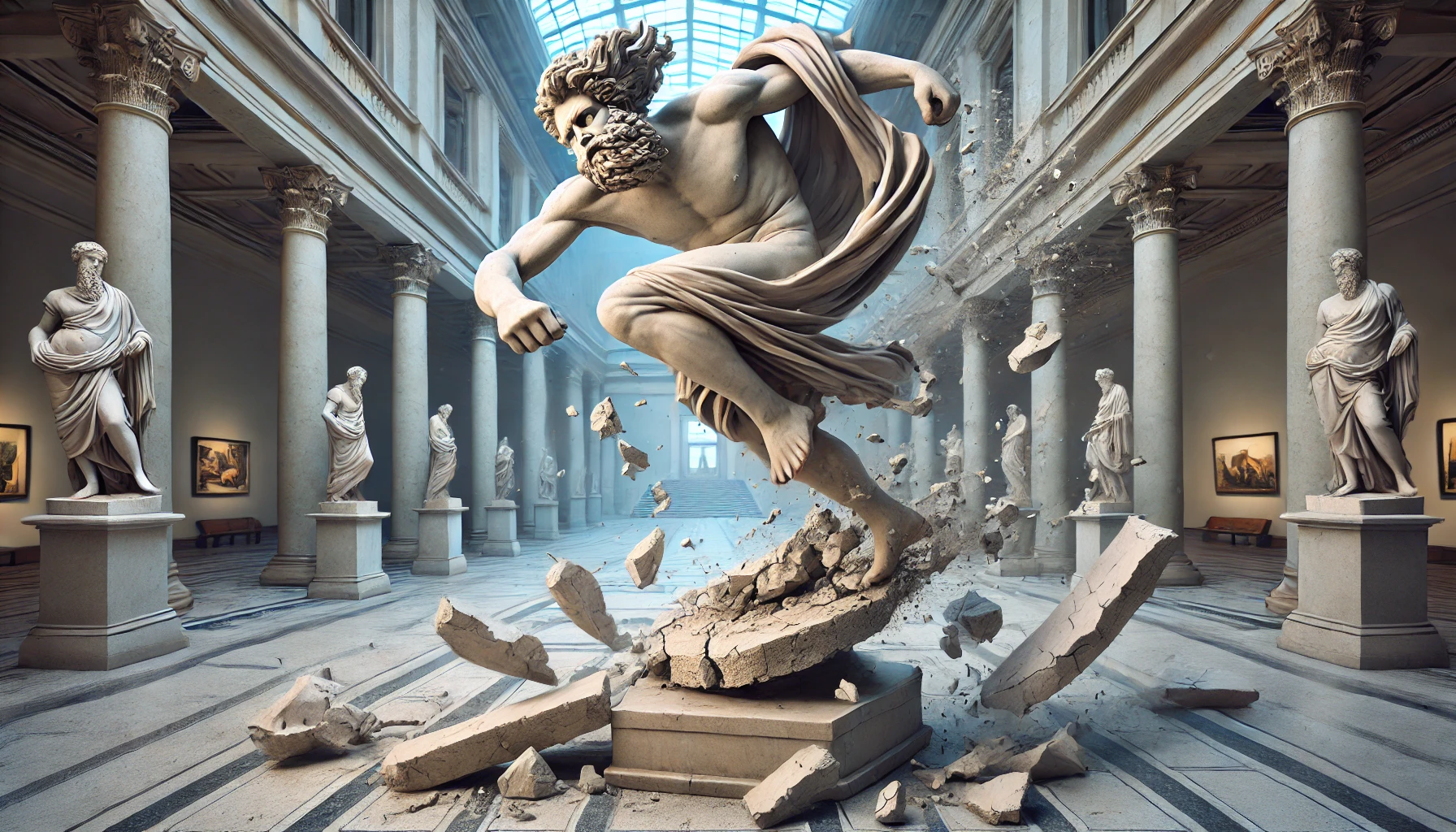
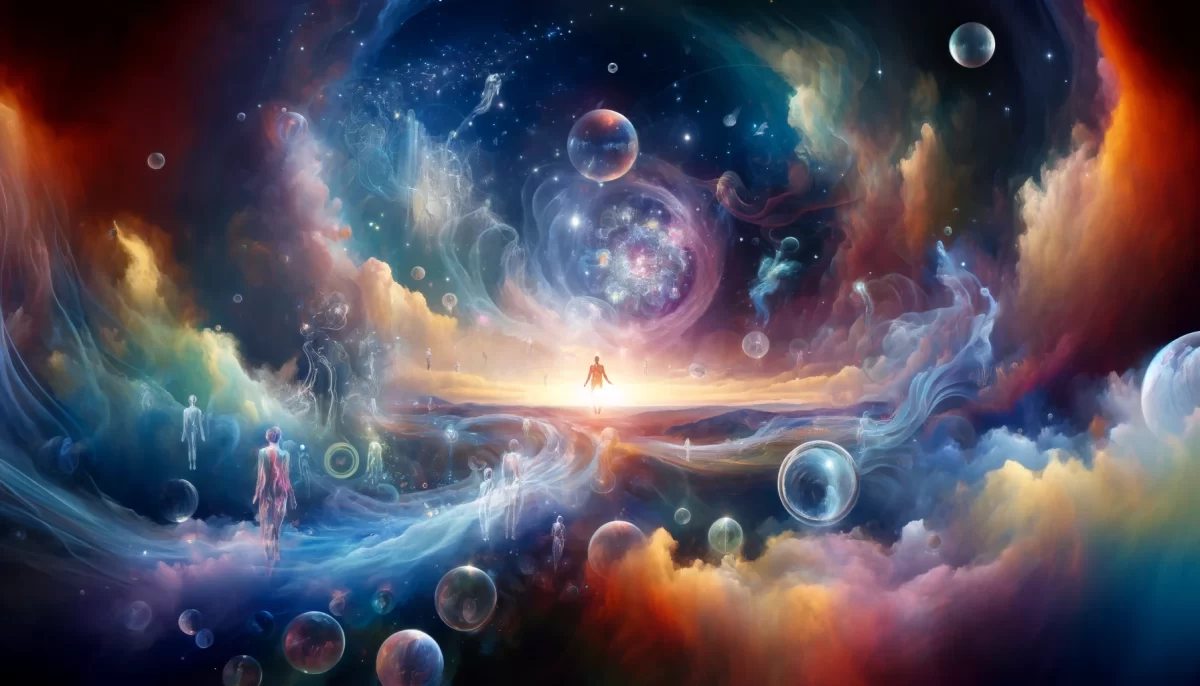
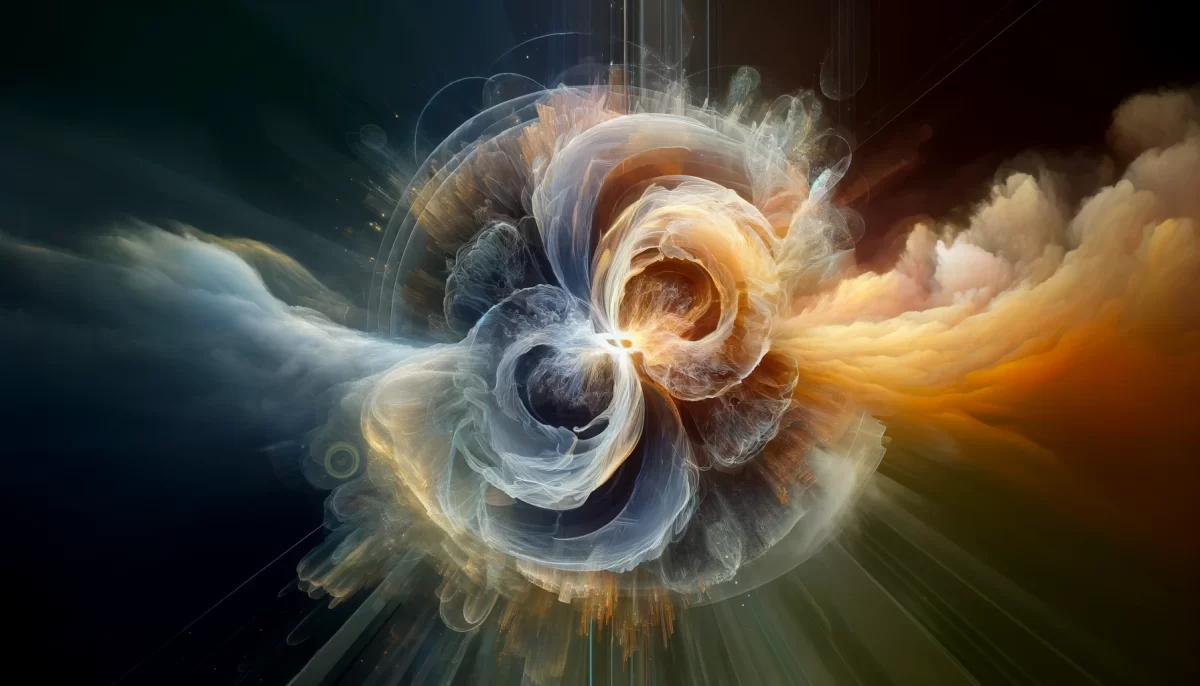

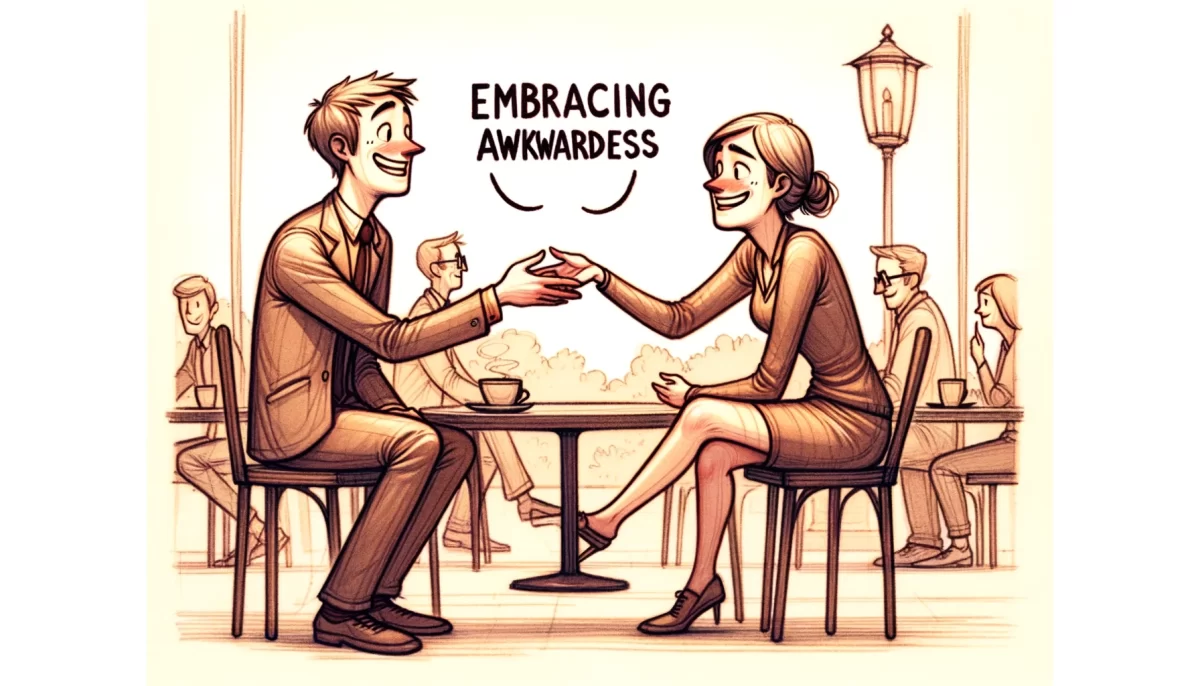
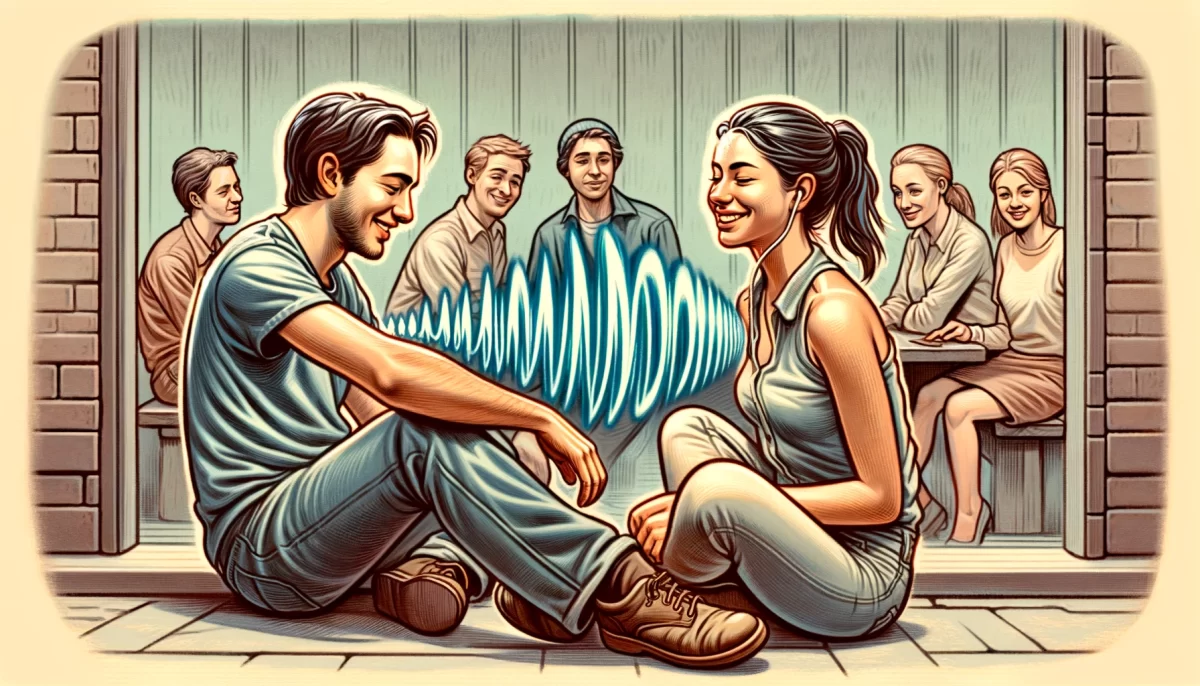
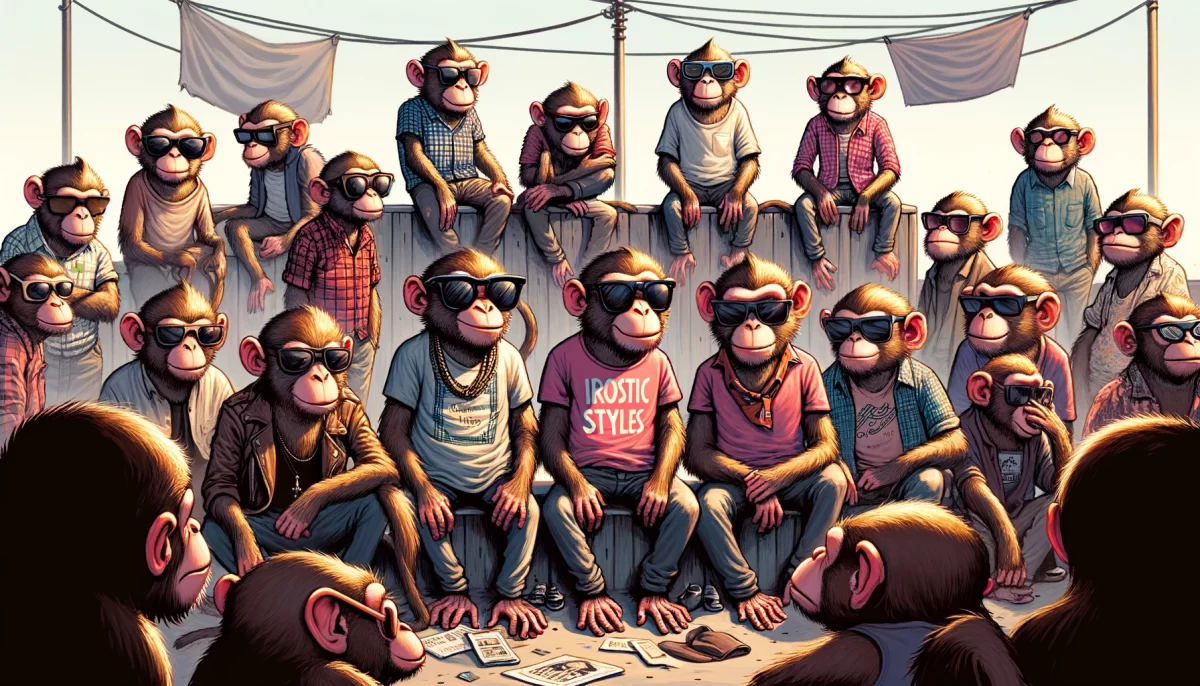
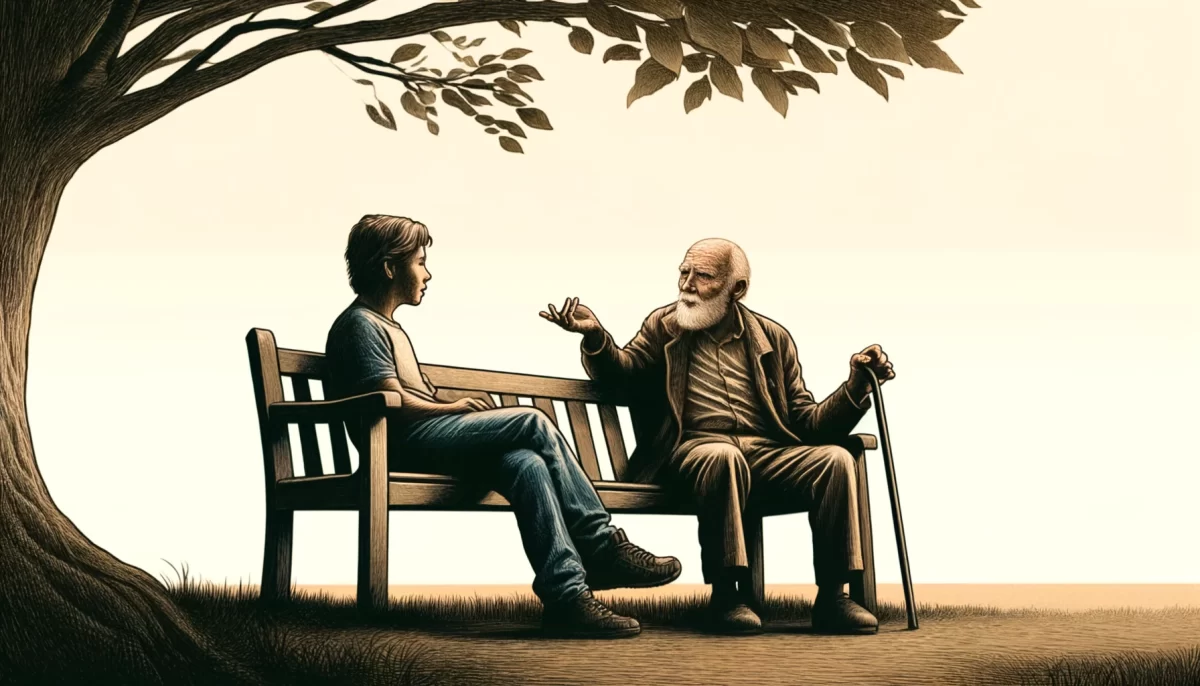
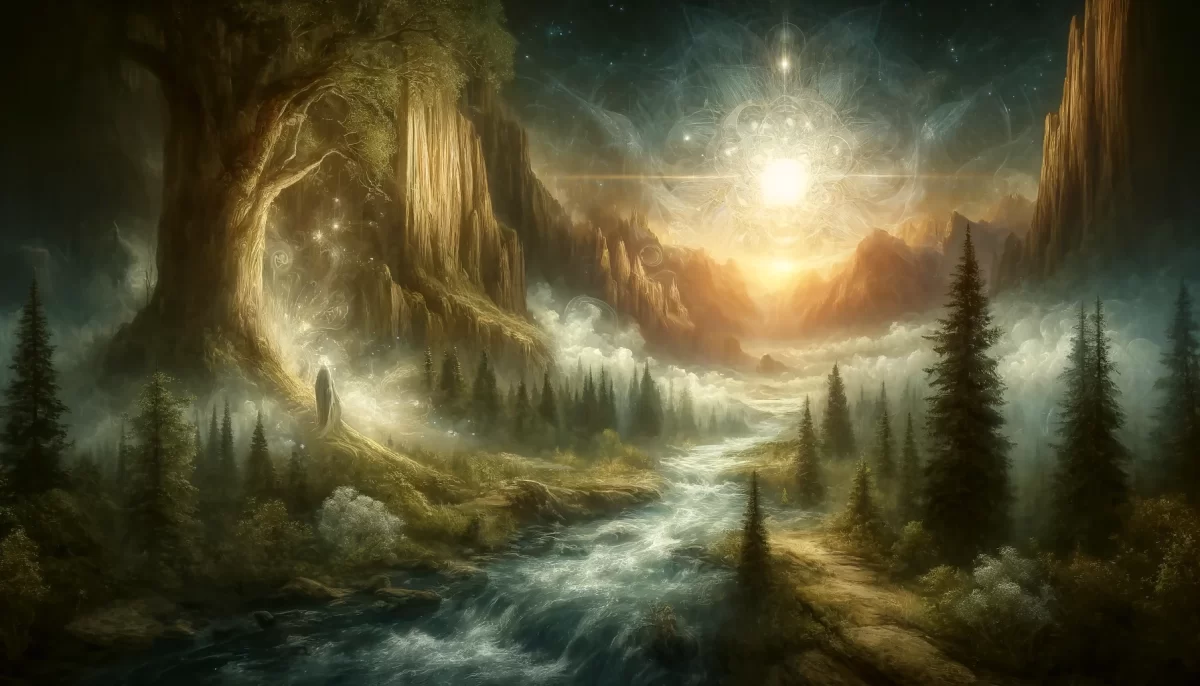
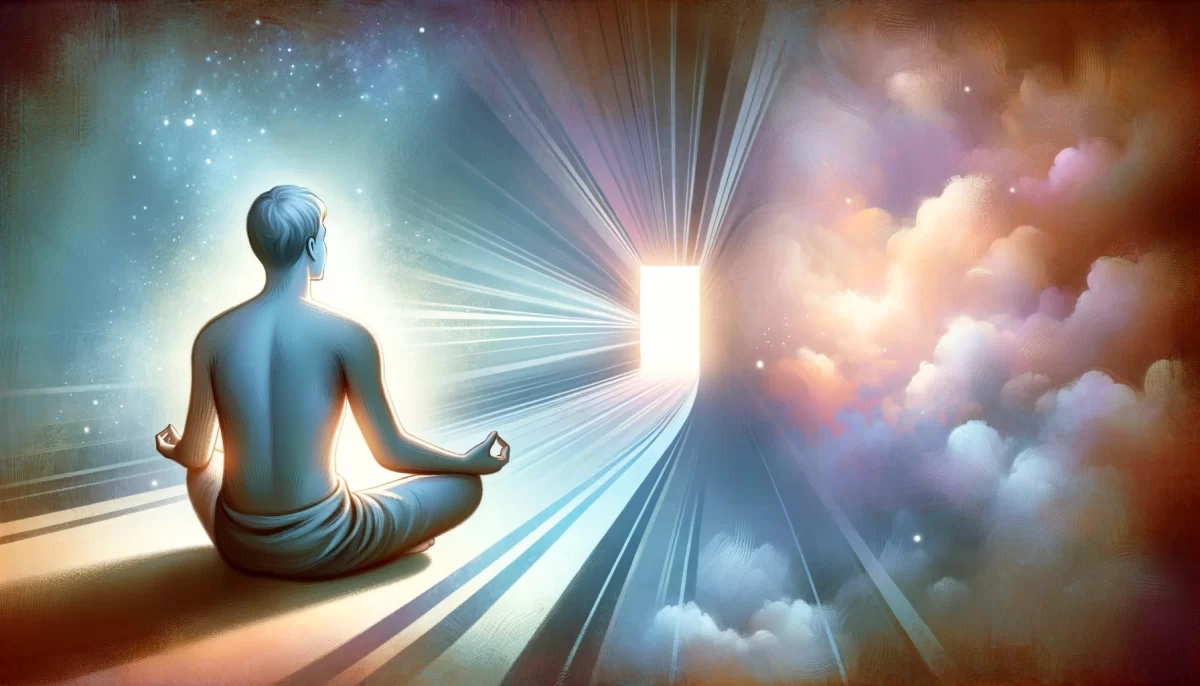
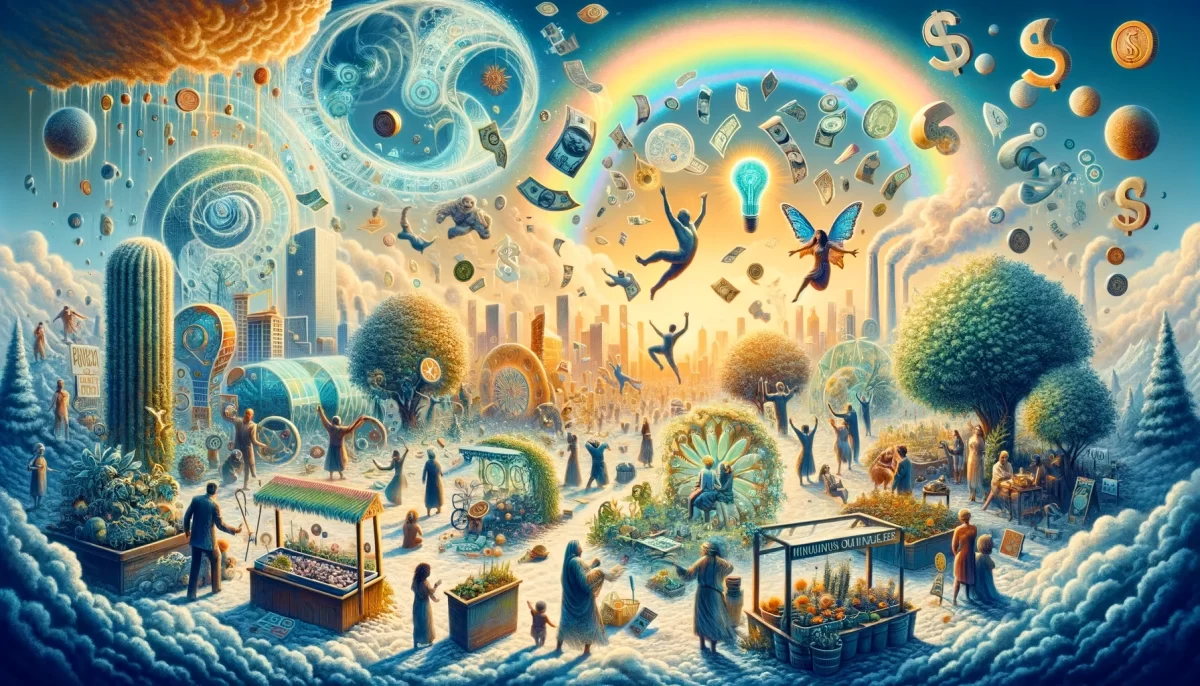
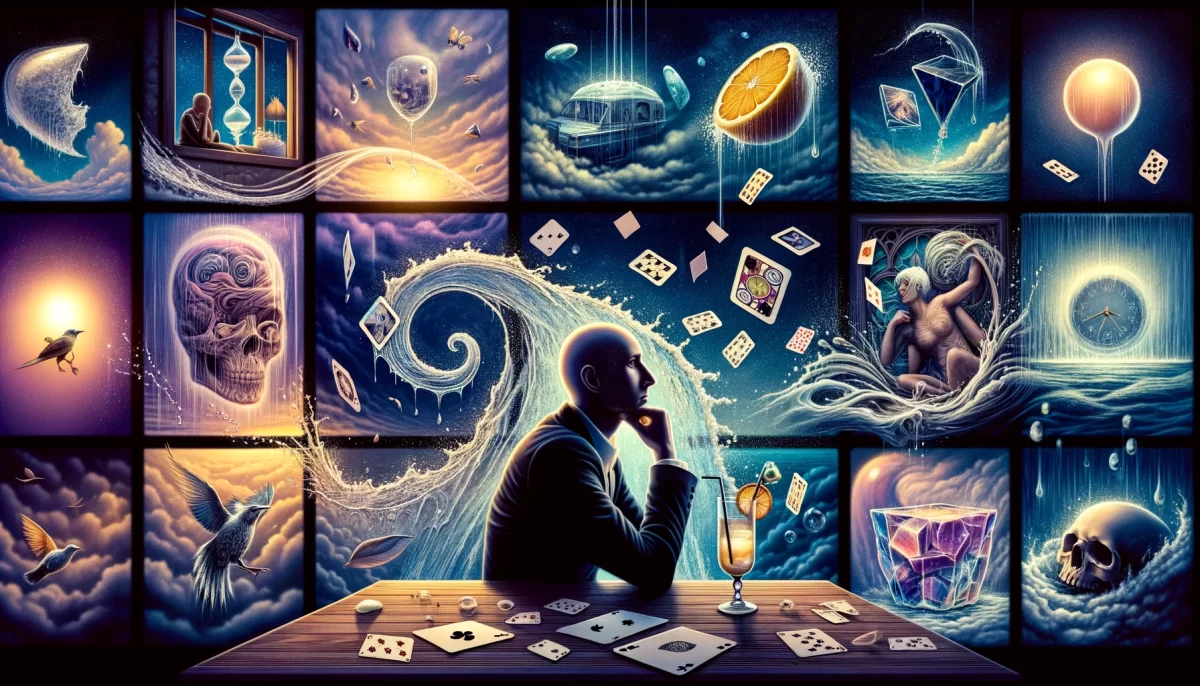

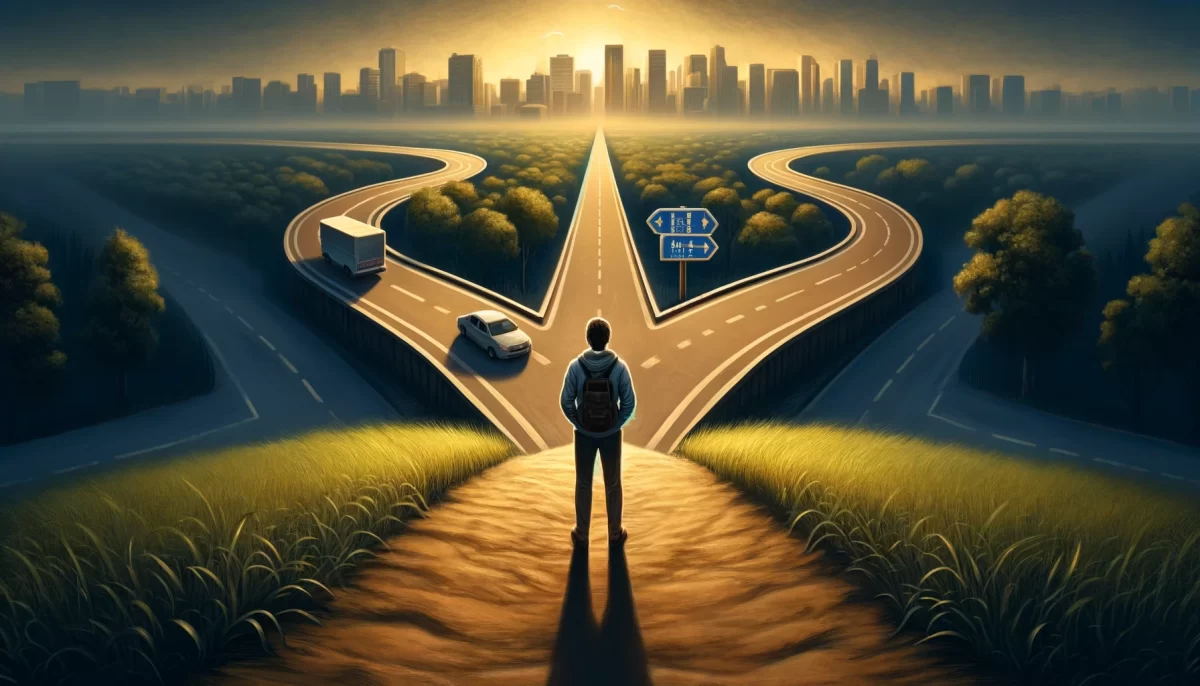
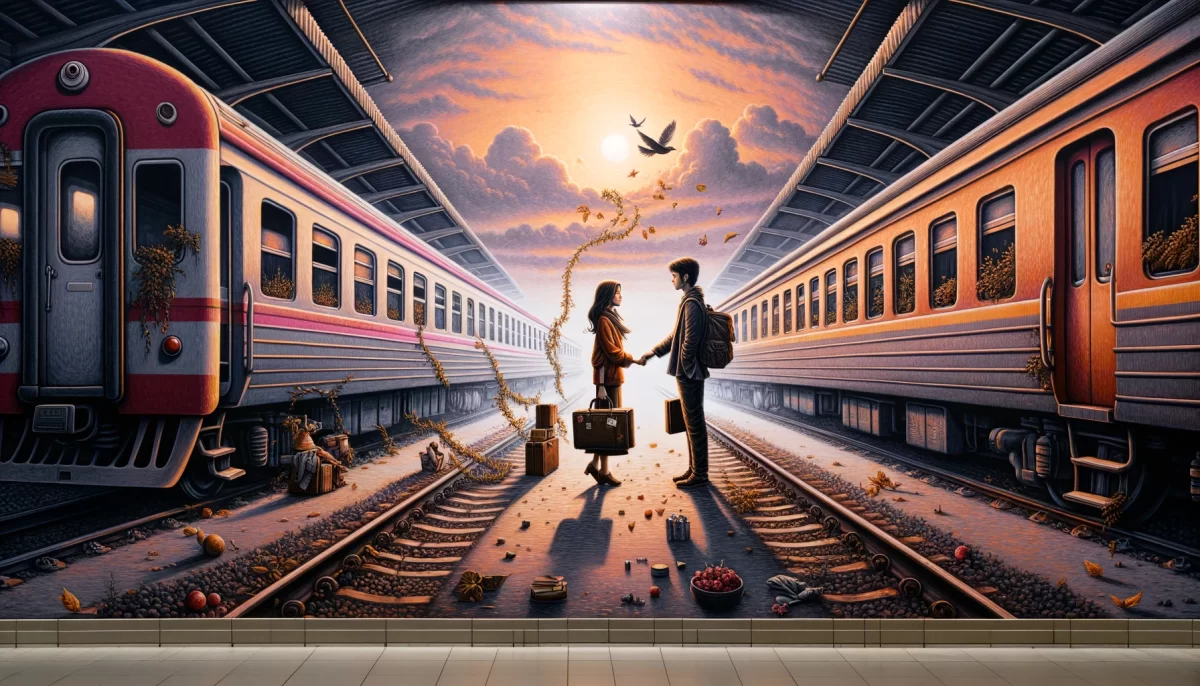
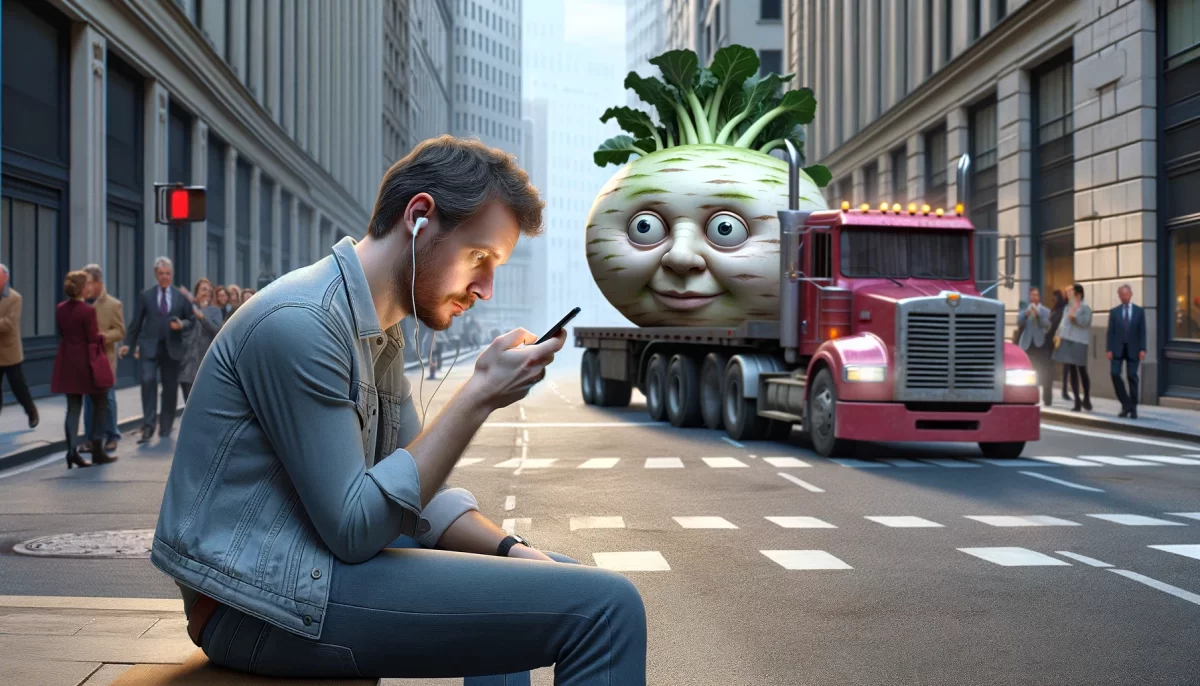

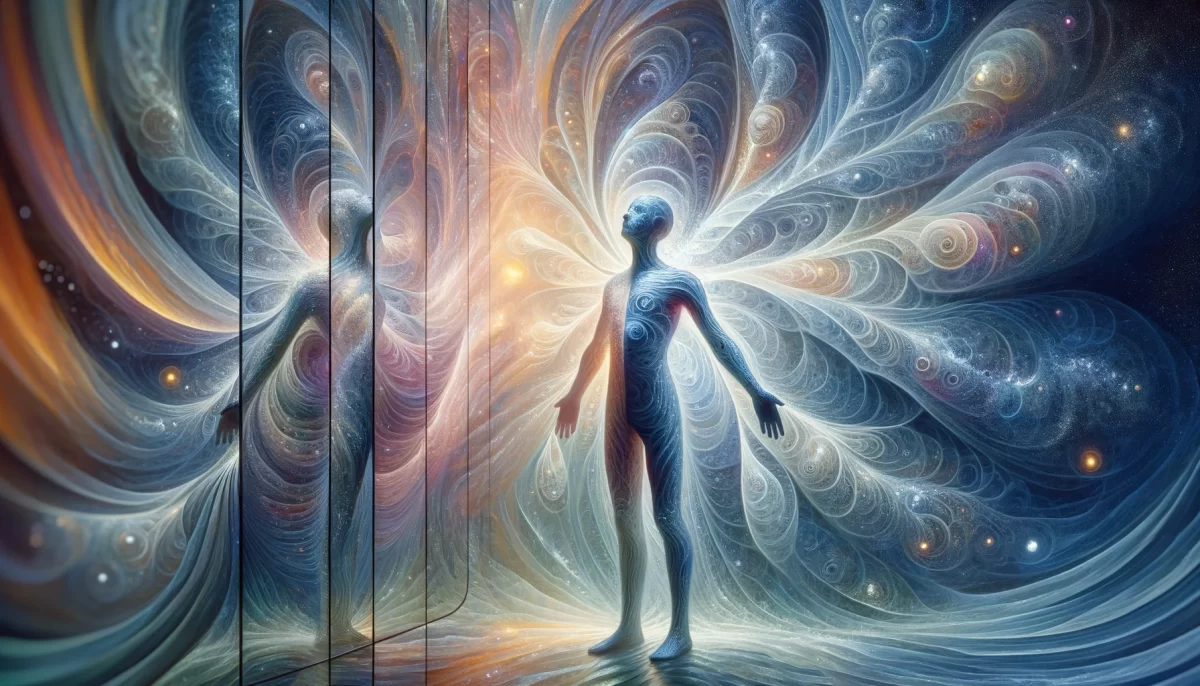
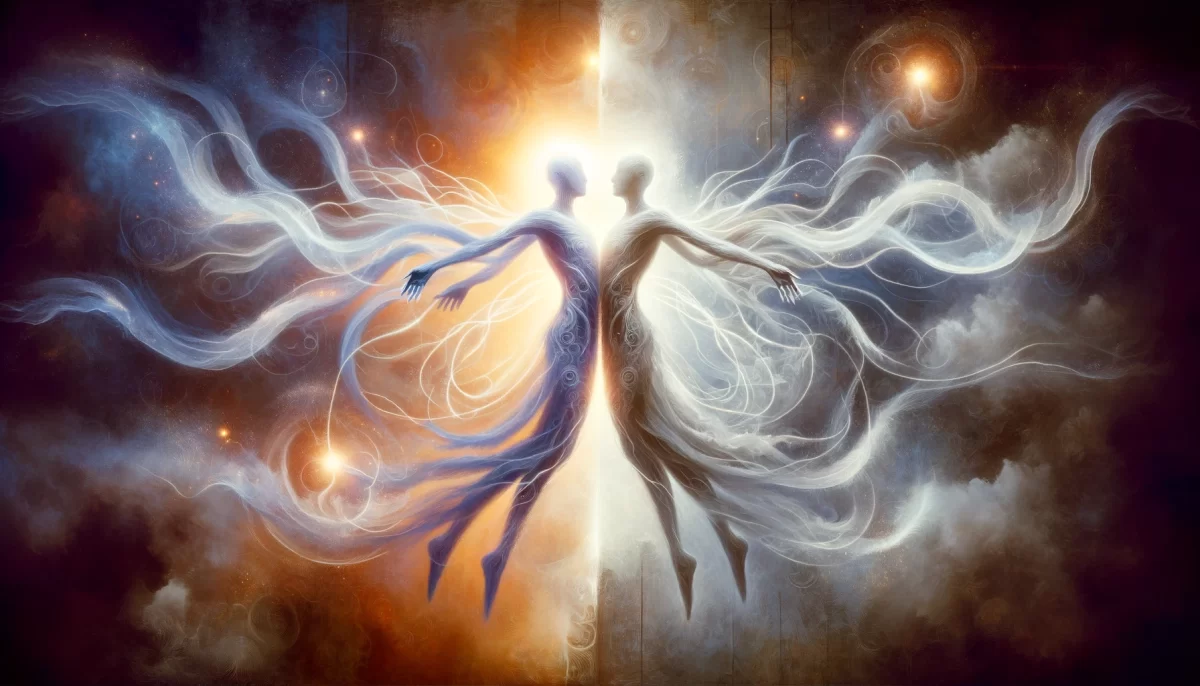
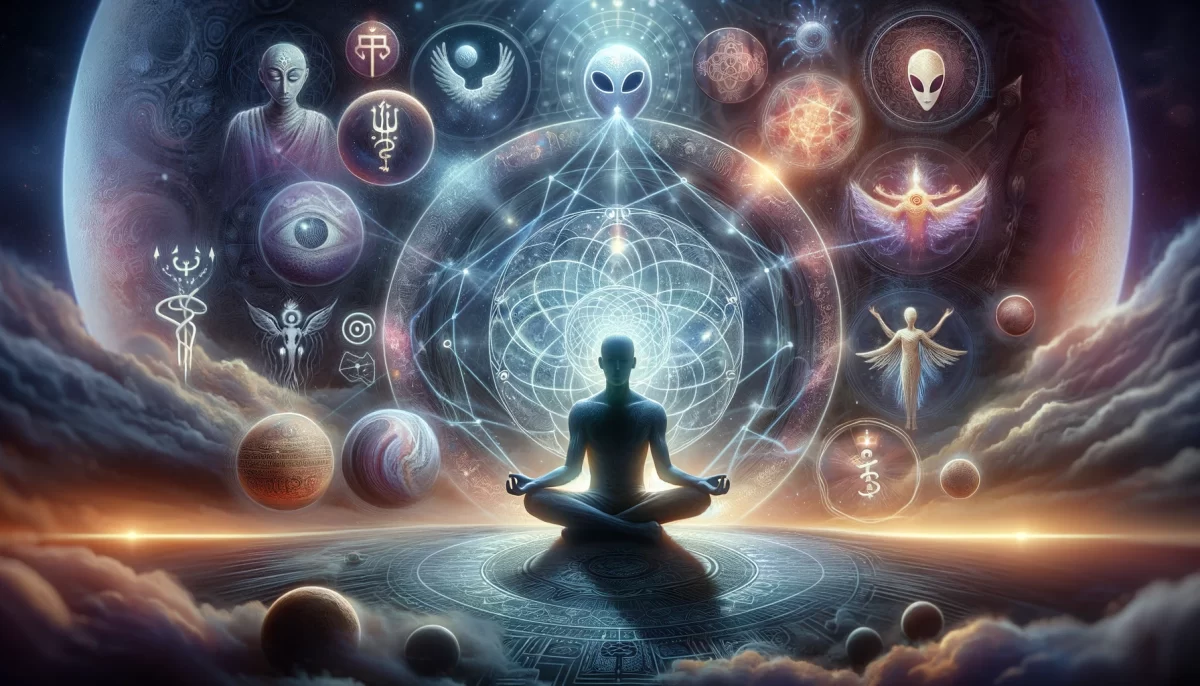
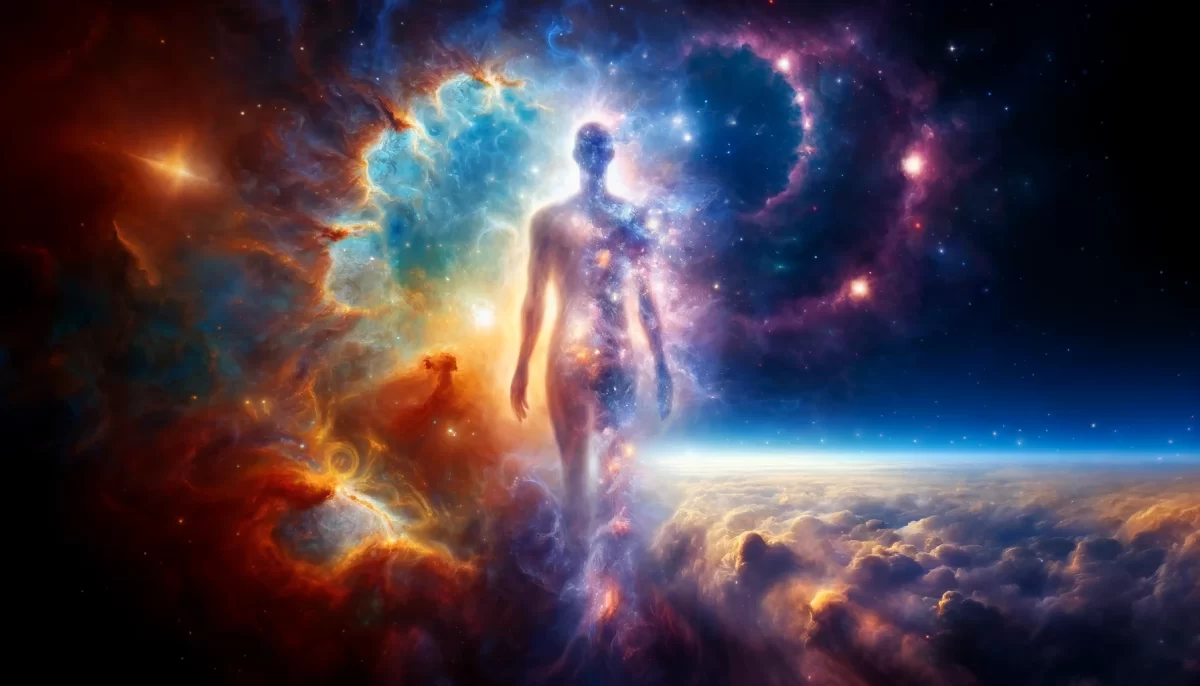

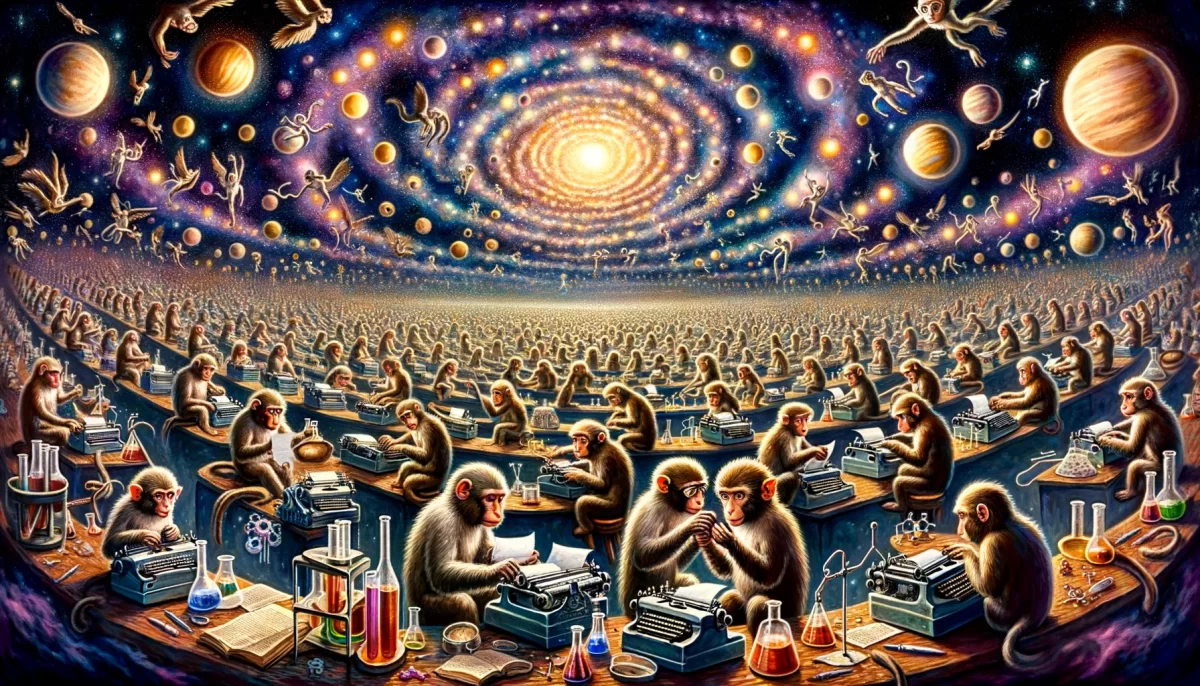
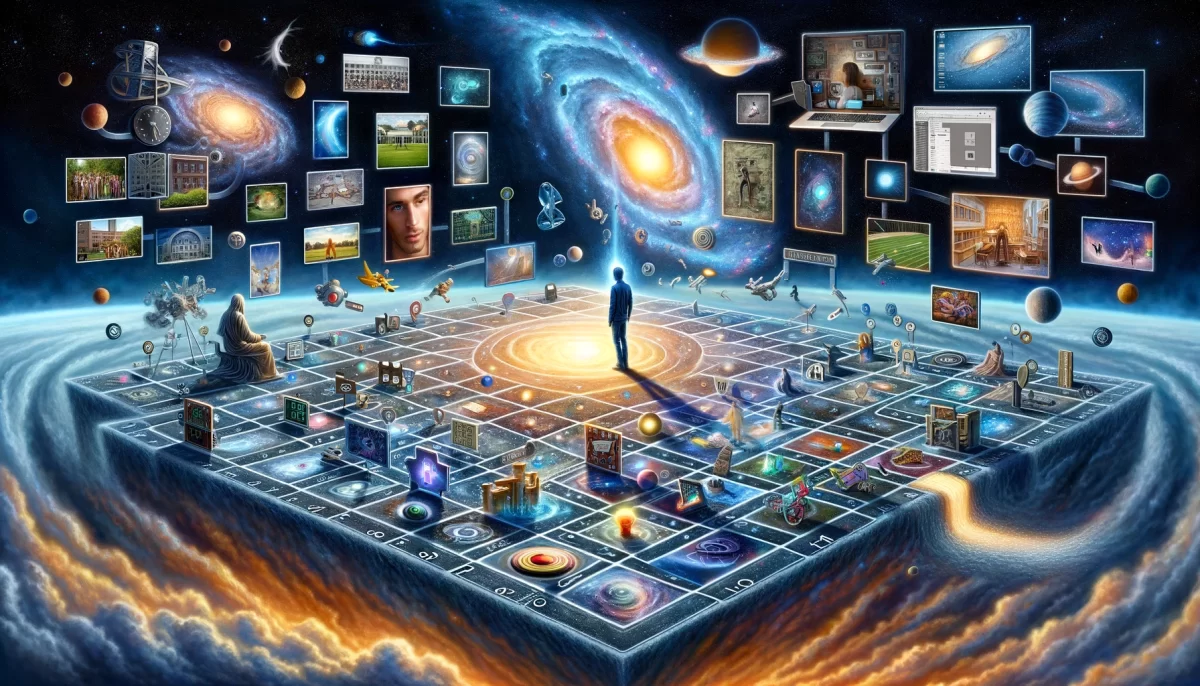
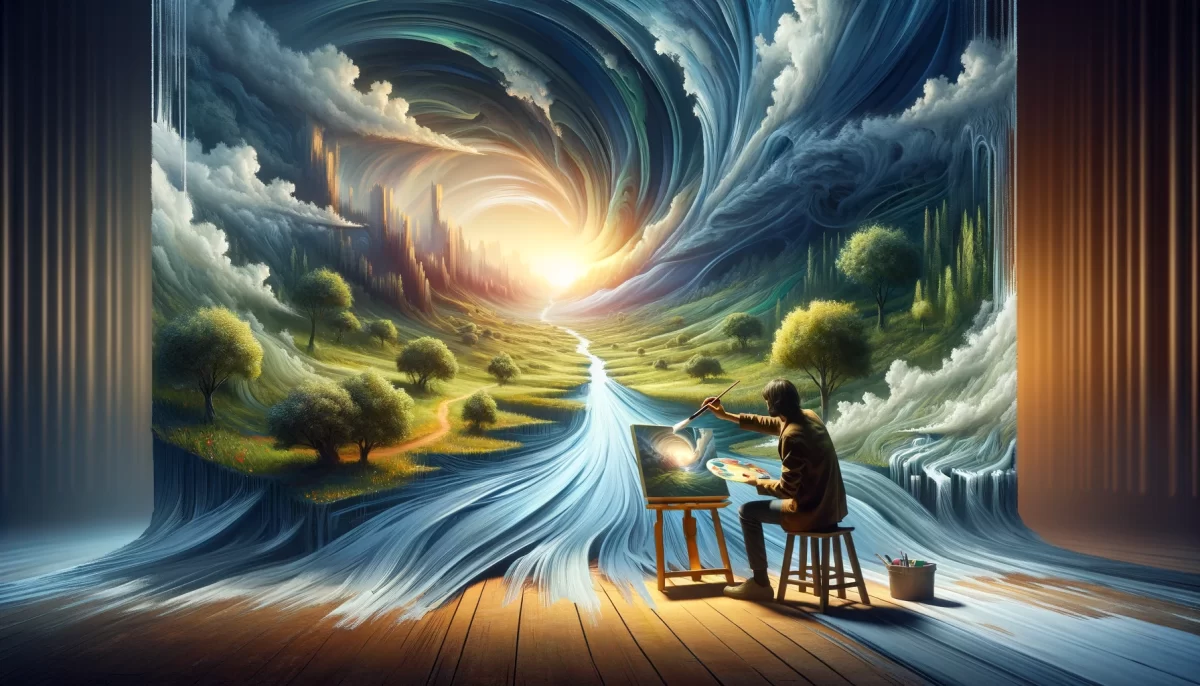
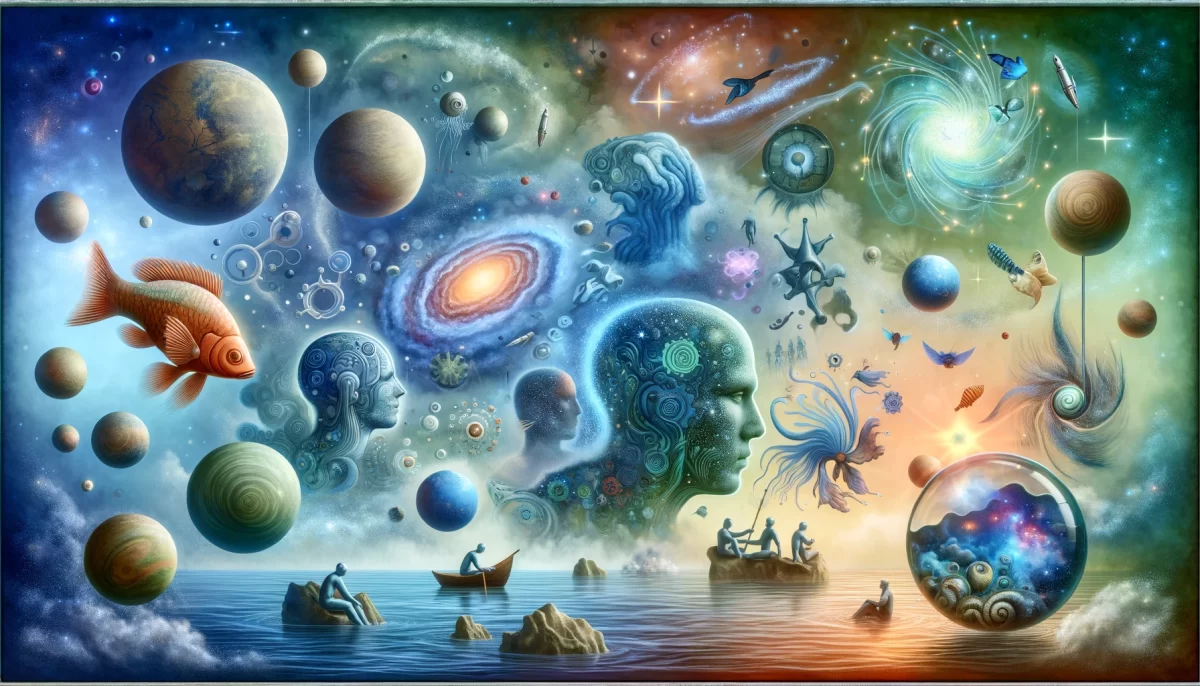
Leave a Reply